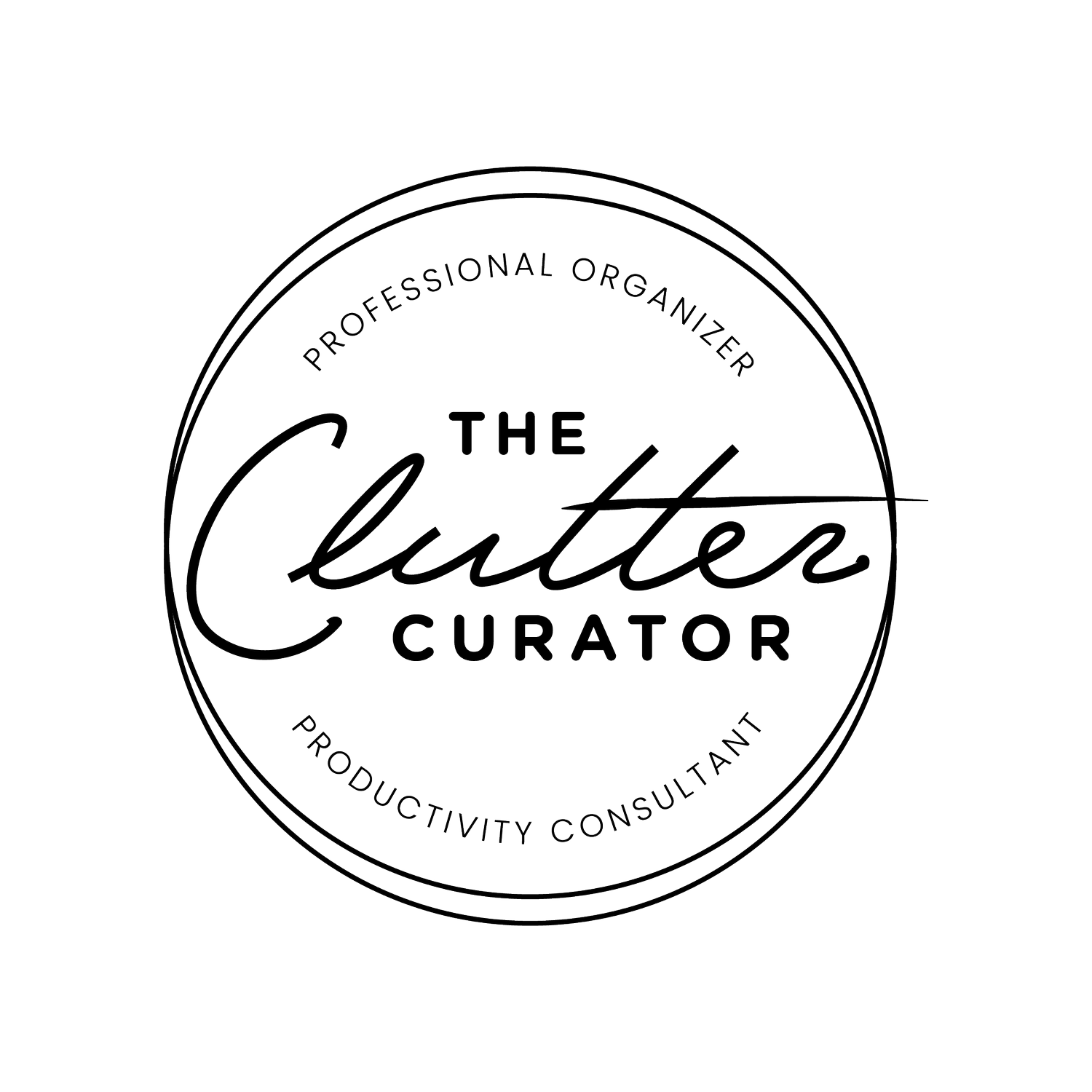How Many Toys Do Kids Really Need?
Parenting in a world full of excess often contradicts our best intentions to provide and connect with our kids.
Why? Because it’s big business and they know how to hit one of our deepest trigger points — inadequacy. They plant the seed of doubt that we’re not doing enough and the roots grow instantly. They know the pressures we face and the comparison games we play. There’s a bigger conversation to be had about aligning our values with our consumer habits, but here are some starting points to restore order.
Create organizational habits as early as possible.
Studies show that children as young as 12 months old can grasp the concept! They may not be able to sort objects, but they can begin to place toys into a single bin. Over time they will work to fine tune these skills. If we expect them to take care of their toys, put them away and part with unused items. We must model the behavior ourselves. In doing so, we teach them how to accurately assign value to their material possessions and develop gratitude.
Less is more. We’ve all seen beautiful, organized playrooms that are stocked full. However, many clients report that even though they’ve purchased the storage and categorized everything, their kid(s) still pour everything out — leaving us deflated and frustrated. Kids need to play, but play doesn’t always require toys. If we open up space and limit options, their imagination can run wild and we can keep our sanity.
Rotate toys in/out to reduce visual clutter, clean up time and over-stimulation.
Set kids up for success by providing organizational systems that are simple and flexible so they can be easily maintained. Try categorizing items into basic categories, colors, or per child and resist the urge to fill every bin. By intentionally allowing room to grow, you establish order while giving kids the opportunity to personalize their space. Include your child in the process and ask for their opinion to show you value their input.
Communicate your mission to simplify to friends and family.
Tell them they can help by limiting their gifts to experiences. Understand the initial request may be met with confusion, resistance or dismissed completely. Keep in mind, we’re all subconsciously being told that gifts convey love. This desire is magnified the further away they live. Emotion is the primary factor behind purchasing behaviors and like us, they only want the best for our children. Set your boundaries, give it time and reiterate the importance of their presence whenever possible.
Quick Tips
Establish healthy habits as early as possible
Keep organizational systems simple and allow room to grow
Promote the importance of presence over possessions to loved ones
Additional Resources:
Best Holiday Gift Guide for Kids (from Low Lift Fun)
[Photo Credit: https://unsplash.com/photos/p0hDztR46cw]
